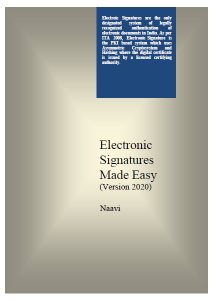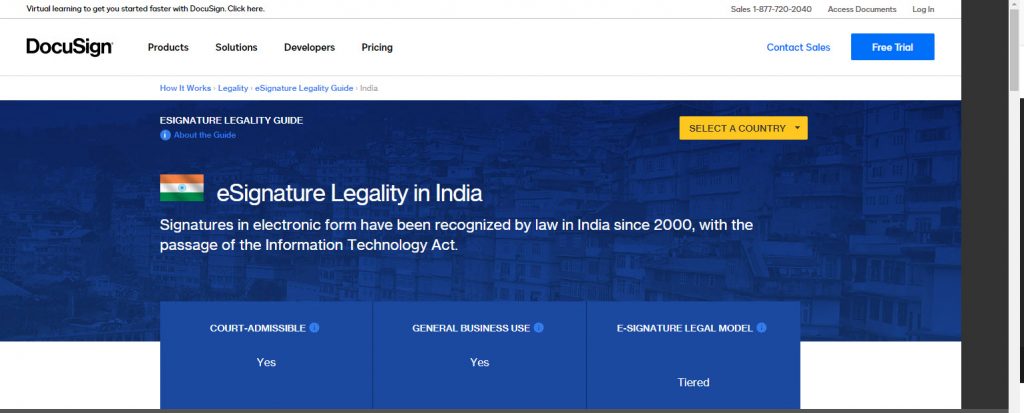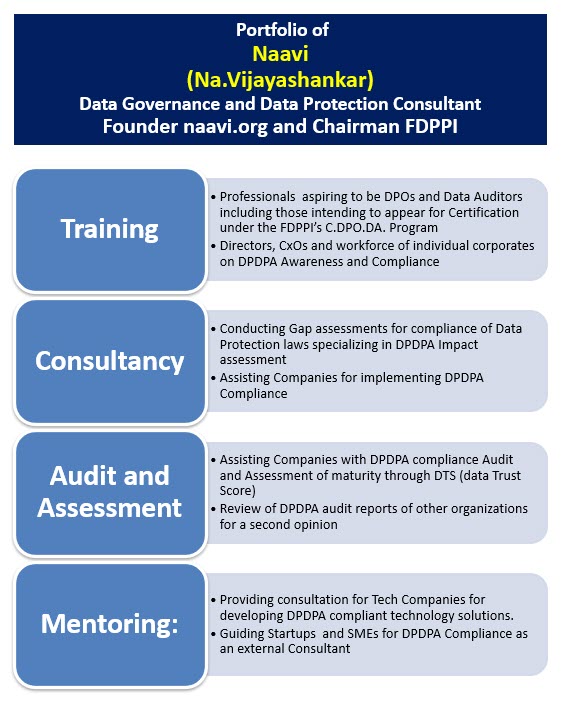The Dharwar bench of Karnataka High Court had on 25th October 2019 decided an appeal regarding dissolution of marriage in which certain references have been made to Section 65B of Indian Evidence Act. Hence the case is briefly discussed here.
Detailed judgement is available here
The appeal related to a challenge to the earlier family court judgement of 30th July 2013 by the wife who had allegedly committed adultery.
While the wife had several counter allegations including charge of attempt to murder, domestic violence etc., what is important for us is that the husband had produced certain digital evidence which was a recording made through a hidden digital camera in the house which had captured the adulterous behaviour of the wife.
The wife alleged that the DVD was created by morphing the images . It may be noted that the trial of this case occurred prior to 2013 when the Judiciary was not fully conversant with the Section 65B provisions.
This was a case where the adultery was sought to be proved with the DVD and there was perhaps compelling ancillary evidence to prove adultery and the DVD was perhaps one such evidence.
However, the procedural aspects of Section 65B which was perhaps not followed was a hindrance to the admission of the DVD. The Court however took the stand that in the case of adultery, it is not possible to get direct evidence and the court has to rely upon collateral evidence. Hence the Court took a lenient view of the standard of evidence and decided to accept the evidence despite (as per indications) no certificate had been produced under Section 65B.
In the process of justifying the decision, the Court did make comments and references and to the Shafi Mohammed case which perhaps were not necessary. The Court could have arrived at its judgement even without such comments. The Court should have been bold enough to uphold the evidence on the basis of its conviction derived from circumstantial evidence.
We have no specific comment on the final judgement which perhaps was the justice that the respondent deserved. However we need to record that some of the comments made within the judgement on Section 65B need to be flagged as unwarranted.
We consider that the statement
“It is equally well settled preposition of law that electronic evidence by way of primary evidence is covered under Section 62 of the Evidence Act to which the procedure prescribed under Section 65-B of evidence act is not applicable”,
is not a correct view.
To justify the decision to ignore the non availability of the Section 65B certificate, the Court has taken the excuse of the Shafi Mohammed judgement which itself was a judgement of convenience.
Even the Afzal Guru judgement was one such judgement where the gravity of the offence required the Court to ignore some procedural niceties in the interest of justice. The P V Anvar Vs P.K Basheer judgement called out the Afzl Guru judgement.
We would have been happy if the Court as in the case of Sonu@Amar Vs State of Haryana taken the responsibility on itself and built a case for ignoring the procedure rather than creating a dubious precedent which in the context of the Shafi Mohamed judgement having been referred to a higher bench and the Basheer judgement being of a larger bench, appears questionable.
It is not clear what the Court has considered as “Primary Evidence” to which Section 62 is applicable and “Secondary Evidence” to which Section 65B is applicable.
The judgement has also quoted Ramsingh and others vs Col Ram Singh (Supreme Court order of 7th August 1985) to come to a conclusion that “It will be wrong to deny to the law of evidence advantages to be gained by new techniques and new devices provided the accuracy of the recording can be proved”.
In the light of the above, the Court has exercised its discretion to accept the evidence without Section 65B certificate and using the oral evidence on an electronic document as it was done in the case of Afzal Guru judgement.
The Court also observed that the contents of the DVD has not been disputed by either of the parties. This would have been sufficient to accept them despite lack of procedural formalities under Section 65B.
The fact that the appellants have not been able to adduce evidence that the DVD was morphed was also a factor under which the evidence could have been accepted without the unwarranted comments invoking Shafi Mohammed judgement.
To conclude, that we may agree that the final order was perhaps correct but the recording of the justification in the detailed judgement was in-correct and was avoidable. We hope that the circumstances under which these comments were made by the honourable judge would always be remembered when this judgement is quoted as a precedent elsewhere.
This should not be considered as a validation of the Shafi Mohammed judgement.
Before we conclude our comments, we need to add a few words on the discussion of “Primary” and “Secondary” evidence that Courts often allude to in respect of electronic evidence.
In the case of electronic evidence, the “Primary Document” is the one which captured the first impressions of what constitutes a document. Most often we have a media like the DVD which is touted as the “Primary Evidence”. But the DVD is a container of several electronic documents of which bits/bytes numbered “………..” represent the impugned document which is presented as evidence.
This “Primary sequence of binary bits” which constitute the document may be scattered around the DVD in different sectors and is recognized as a single document because there is an index table which is read by the computer first to bring together all the relevant data sectors in a sequence and show it as an ascii text or an image. This is a “Rendition” of the binary bits subject to some protocol without which the binary bits cannot depict any evidence.
In the case of a DVD, the binary sequence is recorded as “abc.avi” or some such file perhaps when the recording was terminated manually or automatically (on say hourly basis or otherwise) as it is programmed. Each such file is having a header information identifying how the record can be read by another computer. It is only because of this header information that is inserted into the document that the document displays as a video when played in a computer with the compatible software and hardware. Without such header information and the compatible software and hardware, the “Primary Evidence” is just a bundle of zeros and ones and there is no image or text which the human can see. What the human sees as “Evidence” is what the software wants him to believe.
Section 65B tries to bring in a human who confirms what software and hardware was used to convert the binary sequence into a human viewable document. Without such a human intervention, anything can be produced as evidence and false evidences can get admitted at the trial stage. It is for this reason we have called Shafi Mohammed judgement as a tragedy. In the instant case justice might have been done by ignoring Section 65B certificate. But if this is used as a vindication of Shafi Mohammed, then false evidences will go into Courts against honest counter parties. This cannot be accepted.
The so called “Primary Evidence” which is a sequence of binary bits derive meaning only with the header information and along with the DVD player which can show it as a video that the Judge or any other person can view. This primary evidence is always seen as an image rendered on the screen of a computer as a secondary document and not as zeros and ones (by a human being). This can be saved again on another media and can be accompanied by a “Contemporaneous Section 65B Certificate” (Refer S Tiwari Vs Ajay Arjun Singh). What can be taken as admissible evidence is the Section 65B certified copy and not the original. The container where the original document resides can always be held by the Court as a property so that further copies can be extracted directly.
We should not confuse with the “Primary evidence” referred to under Section 62 of IEA with the DVD which is the container of the primary evidence.
Just as in a copy of a printed book, every copy is the original, and only a xerox copy is the secondary copy, in the case of electronic document, every copy which we see or hear is “secondary” and the primary copy is only available for rendering a human viewable secondary copy and not for direct viewing/presentation.
The secondary copy in the case of an electronic document should not be confused with the copies made by a mechanical process referred to under Section 63(2).
I am aware that judges who have all through their life discussed primary and secondary evidence in a non electronic context find it extremely difficult to unlearn their present understanding and appreciate the view point expressed here.
I am also aware that some of the prominent lawyers may also agree more with the the Court’s view of the secondary document being a CD or a second DVD while the first DVD which captured the image first is the “Primary Evidence” and not a container of primary evidence.
I respect all their views and their own logic to come at such views. But we stand by our differential view in this matter and leave this as a point of Cyber Jurisprudence awaiting some other future judgement to clarify this matter.
Naavi









